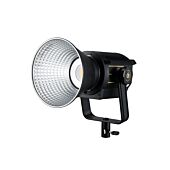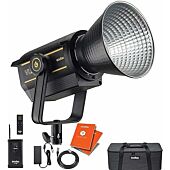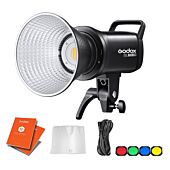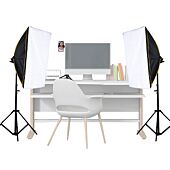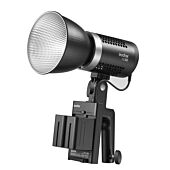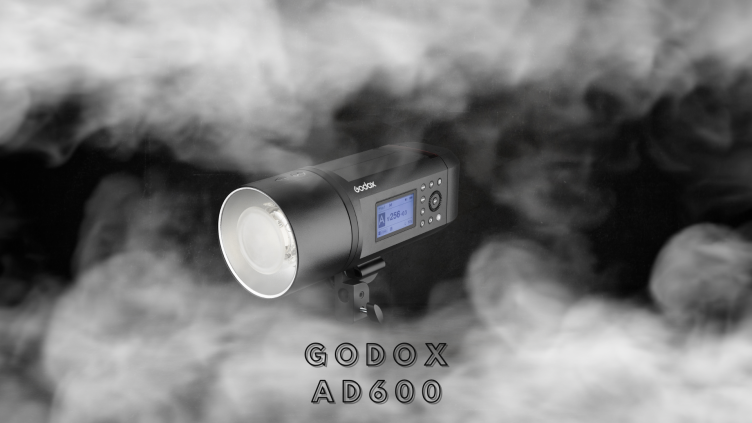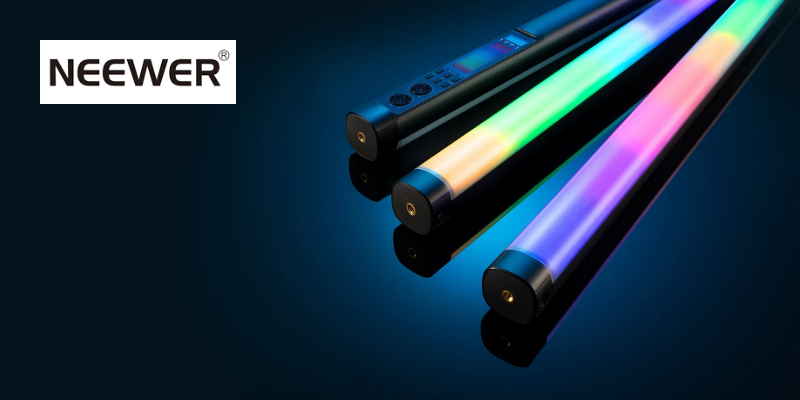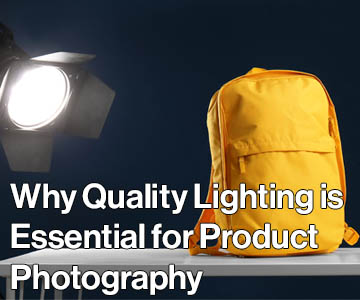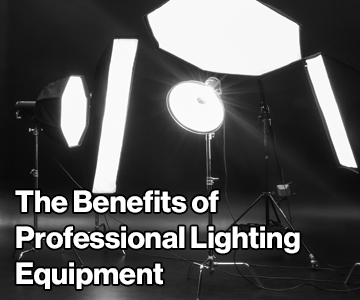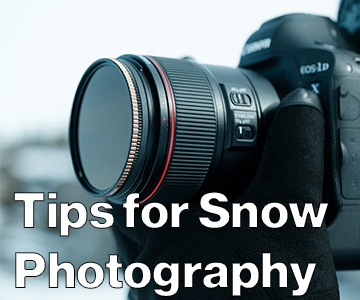The Ultimate Buyer's Guide to Continuous Lighting
-
Cameron Wingate
- Blog
- 24 Mar 2022
- 3949views
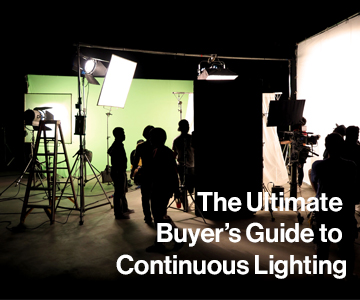

Continuous lighting is becoming increasingly popular for photographers/videographers that are looking into studio lighting for the first time. The headache of syncing up your camera to your trigger and flash is removed, and the photographer is able to visualise the shot in real time through the viewfinder. In this guide we will take a look at the benefits of continuous lighting, the different types available and let you know the most important things to look out for when considering and comparing continuous lighting for your own lighting requirements.
Contents
- What is Continuous Lighting?
- Why Use Continuous Lighting?
- Types of Continuous Lighting
- What to look for in Continuous Lighting
- Conclusion
What is Continuous Lighting?
Continuous lighting does exactly what it says on the tin, offering a consistent level of lighting for as long as you need it. Unlike flash or strobe lights which offer a pulse of high-quality light, continuous lights are designed to aid previsualisation by staying on constantly. Mainly used for filming videos, continuous lighting has become more popular with photographers, especially with product photography. The category of continuous lighting covers anything from desk ring lights to high end broadcast level lighting, basically any lights that stay on for an extended period of time.
Why Use Continuous Lighting?
Used predominantly in videography and cinematography, continuous lighting is also utilised by photographers to see exactly how the shot will come out without needing to take a test shot or looking through a viewfinder. Continuous lighting constantly casts light on a photographer’s subject and adjustments can be made easily, such as movement of the light source or repositioning of the subject. For these reasons, continuous lighting can be easier for beginner photographers to pick up and use.
Another benefit of continuous lighting is putting the subject at ease. High power flashes can provoke blinking reflexes in animals and young children, so keep your intended subject in mind when deciding on studio lighting.
Types of Continuous Lighting
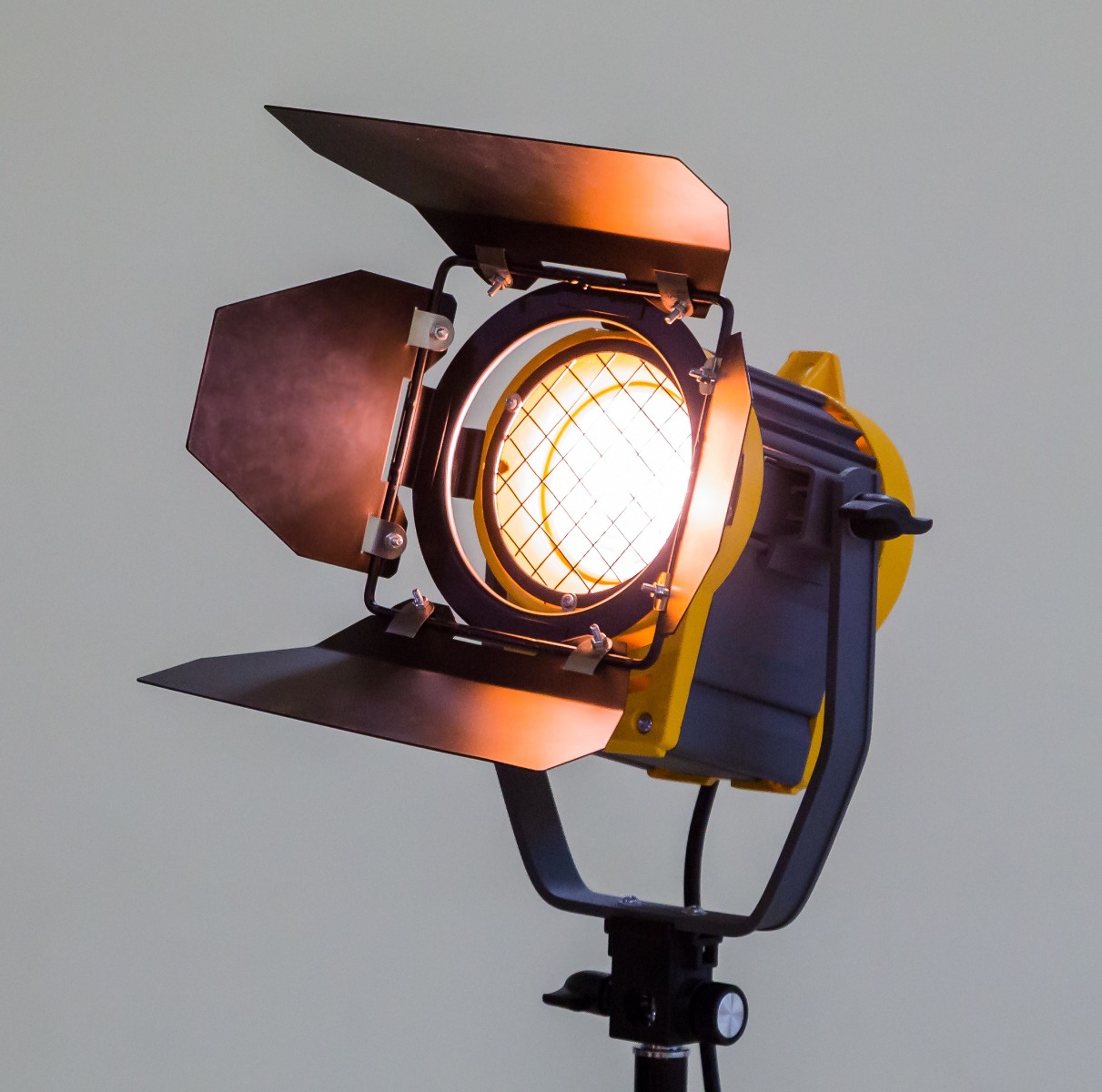
Tungsten
Tungsten lights tend to be the most affordable type of continuous lighting, and are typically bought by photographers on a tight budget. These types of lights produce a warm artificial tone, generally a rich golden yellow colour. Tungsten lights are on the cheaper end of the scale because they get hot, take a load of energy to run, and aren’t daylight balanced registering at 3200K. The type of light they produce is still used today as it can be quite stylistic to use, bringing warmth to the shoot, especially in an indoors environment.
Fluorescent
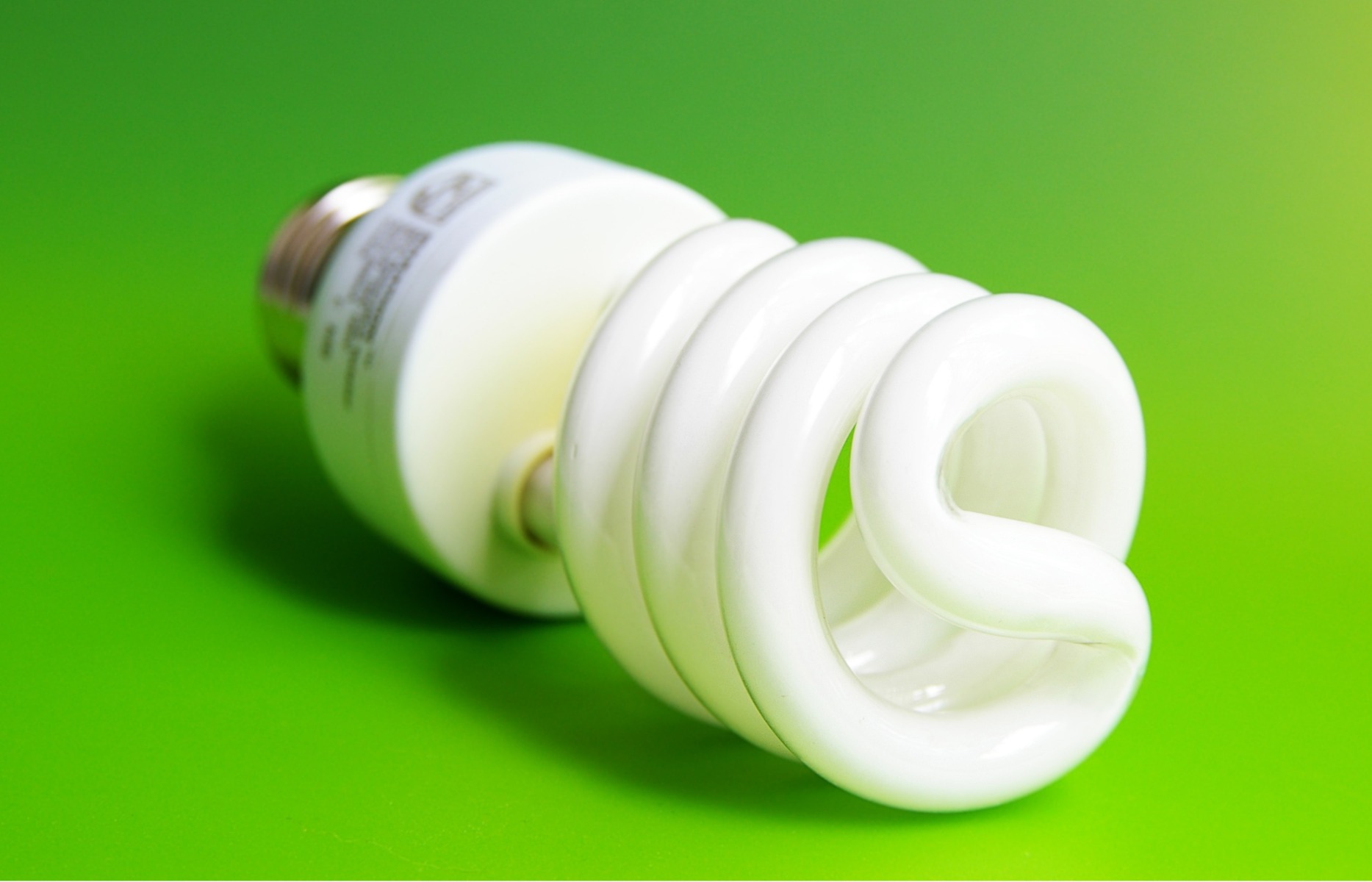
Cooler in colour temperature when compared to tungsten lights, fluorescent lights emulate light which is more similar to that of pure daylight, usually around 5600K. You can usually identify fluorescent lighting by the shape of the large bulbs – tall, cylindrically shaped where the bulb is coiled much like a spring. Most fluorescent lighting heads have space for several bulbs which can be easily replaced if one breaks, or some can be removed to alter the overall brightness. Due to the nature of the set up of this type of lighting and the bulbs having a very industry standard screw fit, bulbs are easily replaced if any wear out or are broken. This happens rarely however, as these types of lights are long life. These types of lights also generate very little heat which is useful for longer shoots, and the level of light is very consistent throughout the bulbs’ lives and during long shoots. This type of continuous lighting is great to use for product photography/video.
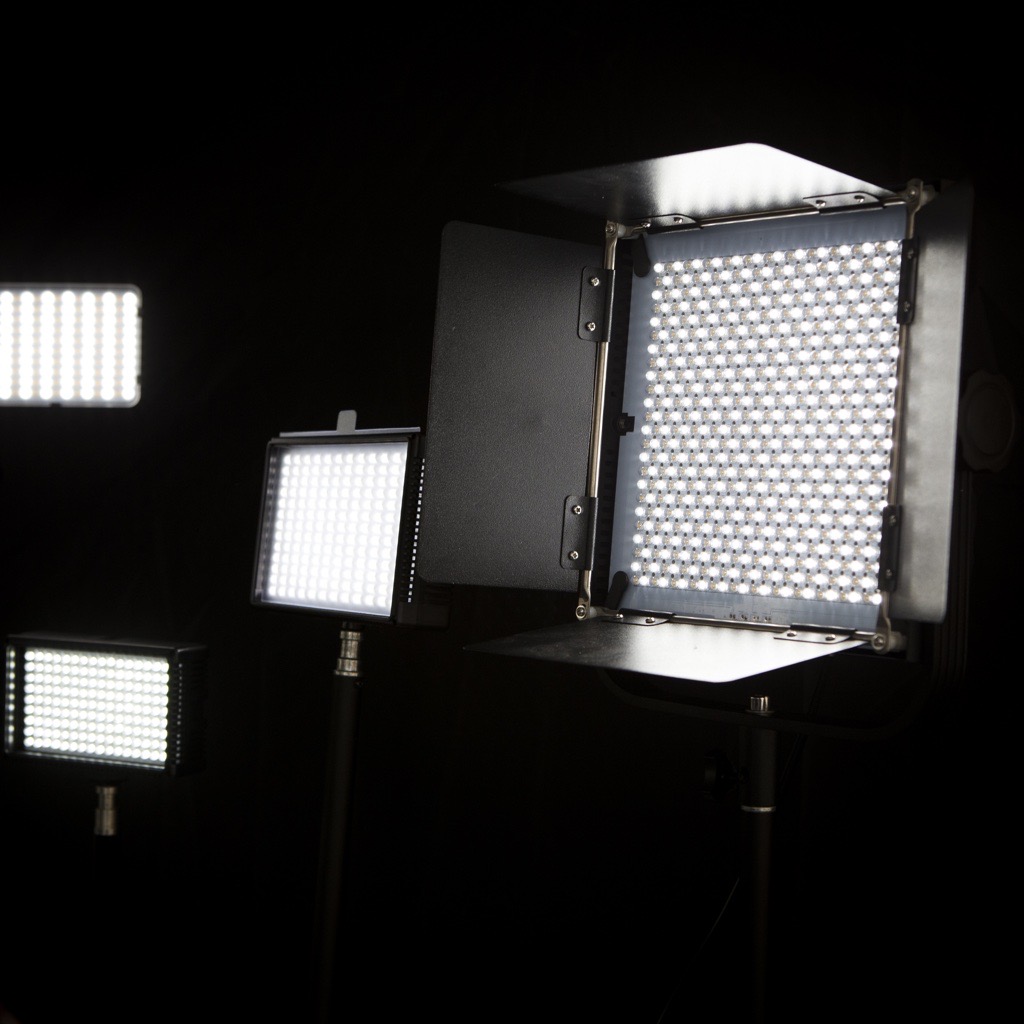
LED
Quite a new technology in the photography lighting scene, LEDs are the most energy-efficient lighting technology available today. An LED is a Light-Emitting Diode - a small device that emits light when an electric current is passed through it. A collection of these (sometimes tens, sometimes hundreds) are put together in a panel to create a much larger overall light source. Compared to traditional lighting, LEDs are more robust, don’t produce a lot of heat, and have colour temperature and adjustment settings to provide more range in your lighting and photographs/videos, with many allowing you to alter the colour temperature range between 3000K – 6000K.
Lencarta Recommends: If you are on a budget, the Godox SL-60W is the perfect entry-level LED lighting solution, featuring a soft-fan design, allowing for super quiet video shoots through effective heat dissipation technology. With an incredibly high CRI and TLCI rating of 95+ and 90+ respectively, the SL-60W saves on post-production time and cost through its high-quality studio level lighting. For those looking for ‘broadcast level’ professionalism and reliability, the Godox VL150 can’t be beaten, with its flicker-free technology allowing for different framerate choices and shutter speeds. The VL150 was built with colour temperature consistency in mind, making it perfect for long shoots or professional broadcasting.
What to look for in Continuous Lighting?
There are a number of things photographers look for when considering purchasing continuous lighting. It’s easy to get lost amongst all the jargon when comparing different brands and lights, so below we’ve tried to simplify all the main talking points that are important when buying continuous lighting.
Colour Temperature Control
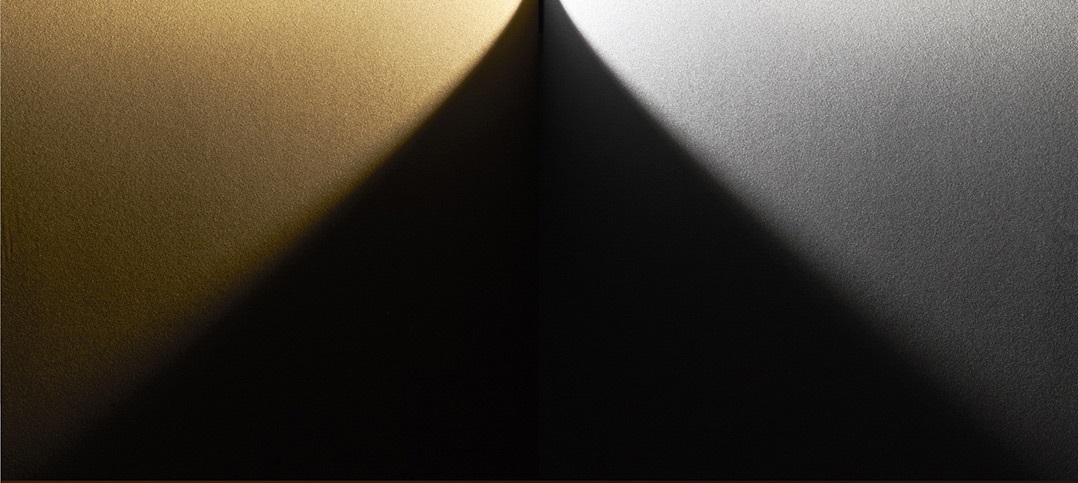
There is a vast range of light colour temperature, with the most commonly used in photography somewhere between a very warm 2000K and a bright, blueish 6000K. LED lights will offer a large range of these to cover, and are certainly the most versatile in terms of temperature range with a good set offering between 3000K and 6000K. Think about what you’re shooting and make sure the lights you’re looking at cover those temperatures.
The other thing to consider regarding colour temperatures is the consistency and the length at which these lights maintain their colour. Some lights on the cheaper side start struggling to maintain consistency when they heat up, which may mean more time light correcting in the edit. Unfortunately, the only way you will be able to get some really impressive consistency is by advancing up the price scale, but you do get what you pay for. The Godox VL300 is outstanding compared to its peers in terms of temperature control, and is a favourite amongst our users.
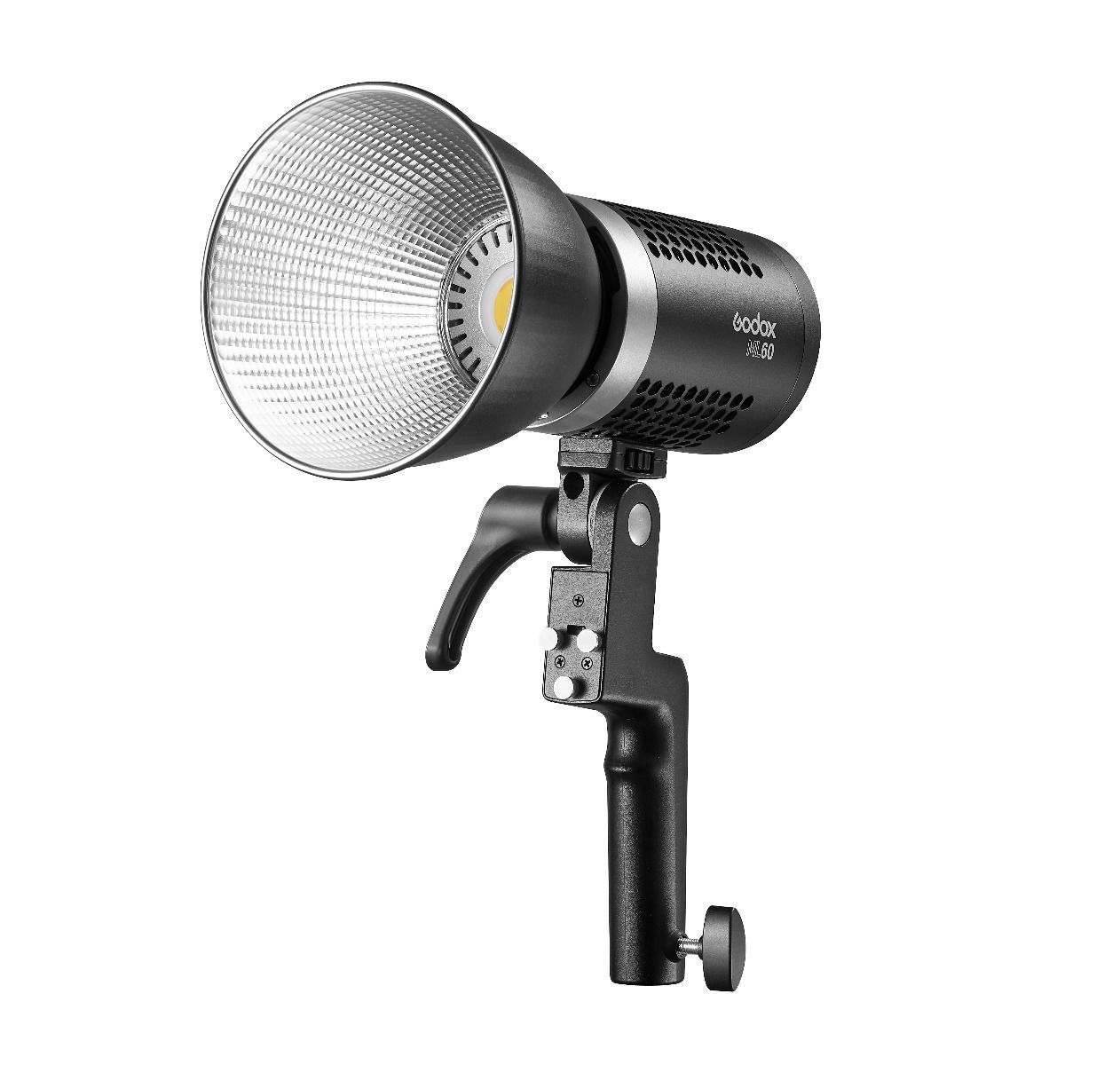
Battery / Mains Powered
Continuous lights are typically mains powered by default. When looking at lights it may be worth checking whether a battery comes with it, or if there is a battery mount in case mains powering the light isn’t convenient in future (for shooting on location for example). The Godox ML60 is mains powered as standard, but has the option of attaching an adapter and 2 batteries to give it a bit of portability when mains power isn’t an option. We’ve paired the ML60 and the batteries with an adapter together in a handy kit for those that like having the option.
Heat Dissipation
Due to their nature of always being switched on, continuous lights can get quite hot (and we mean REALLY hot). Check out the types of lighting above to know the worst offenders!
When comparing these lights, it’s important to bear in mind some units can make low level noise with their in-built fans running to cool the lights, and others will run completely silently (for example the Godox UL150, which by some miracle of modern engineering has no fan at all, and instead a heat dissipation system). Think of your usage requirements and make your decision based on your needs. If you’re only taking photos, you probably won’t mind a fan gently humming keeping your lights cool, whereas if you’re filming video you’ll want to crack down on any external sounds that may interfere with your sound recording.
Control
Some lights offer Bluetooth phone app control, and some come with a dedicated physical remote control. Many lights come with a remote control included, but we’re finding that less and less recently because the Bluetooth apps that pair with the lights provide much better functionality, user interface, and improved interaction for the user with their lights. A remote is just something else to lose when on a job (we assume you’re not planning on losing your phone!), but some people prefer controls and they can still be bought separately for many of the major releases.
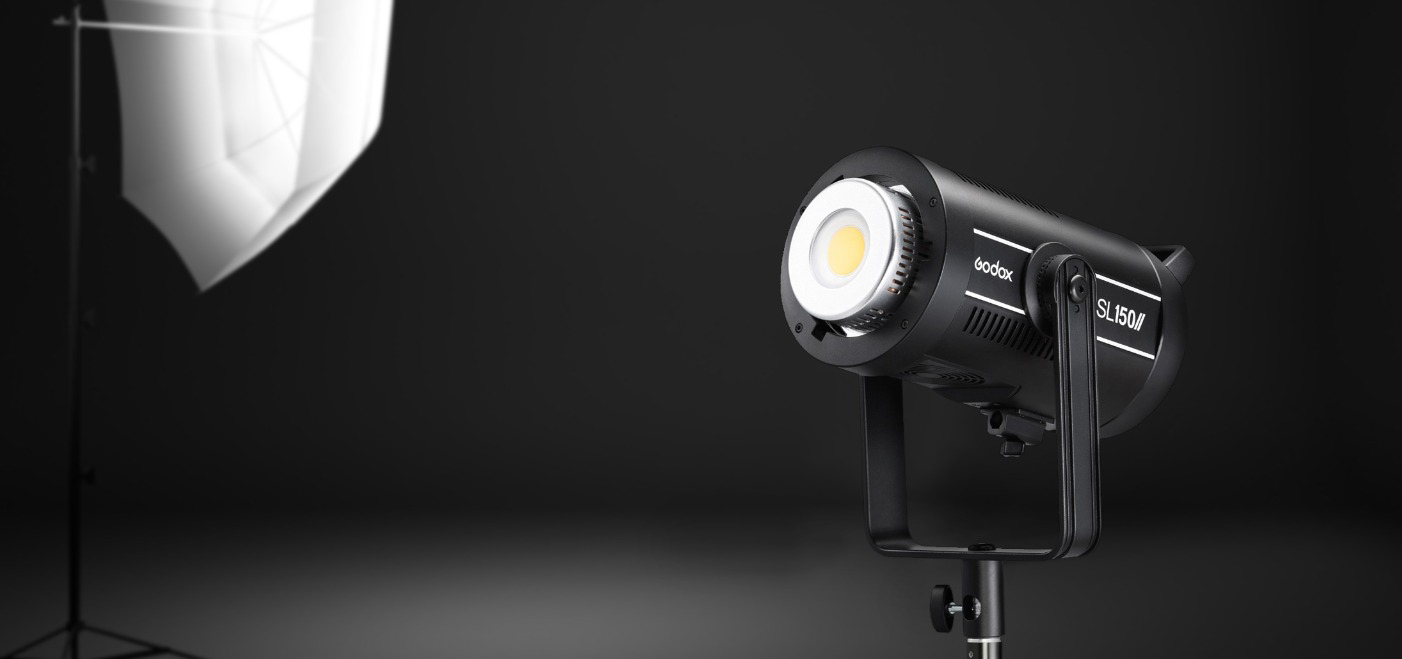
Colour Rendering Index (CRI) Rating
A Colour Rendering Index (CRI) is a measurement used to convey the ability of a light source to reveal the colours of objects faithfully when compared to natural light. The closer this number is to the maximum rating of 100, the more accurate the lighting will be in revealing the colours of the object you’re photographing. When considering new lighting, it’s important to know the CRI rating before purchasing. Any number in the 90s is considered very good. The Television Lighting Consistency Index (TLCR) is another measurement system used to measure the same thing. In both case they are scored out of 100.
Protective Case/ Portability
Continuous lighting is usually used in permanent studio set ups, but there are instances where portability will be a key factor. A good sturdy bag is ideal even just for storage purposes. Depending on your needs, it’s important to look out for accessories like transport bags and batteries/battery mounts in case they’re applicable to you.
Conclusion
If you’ve made it to the end of this guide then you’ll be very aware that there is a lot to consider when choosing continuous lighting. We have had many conversations with our community who have asked us for our recommendations, and we find the best advice is to start simple, keep your shooting requirements in mind, and build up your lighting kit as and when your continuous lighting needs develop.
A fantastic beginner set up would be our Continuous Lighting Softbox Kit, a collection of 2 LED lights on stands with softbox attachments which would be perfect for product photography or home video recording. You can then build upon this simple lighting set up when your requirements become greater. When that time comes, Lencarta will get your new kit to you with our next day delivery service so you can receive it in plenty of time. If you’re still undecided or need a bit more advice, feel free to contact us and we’ll do our best to assist!
